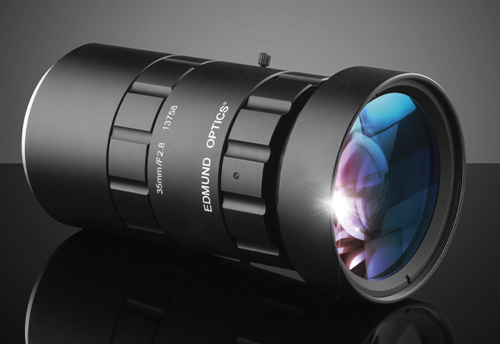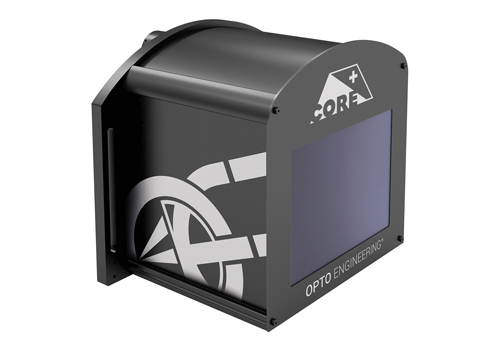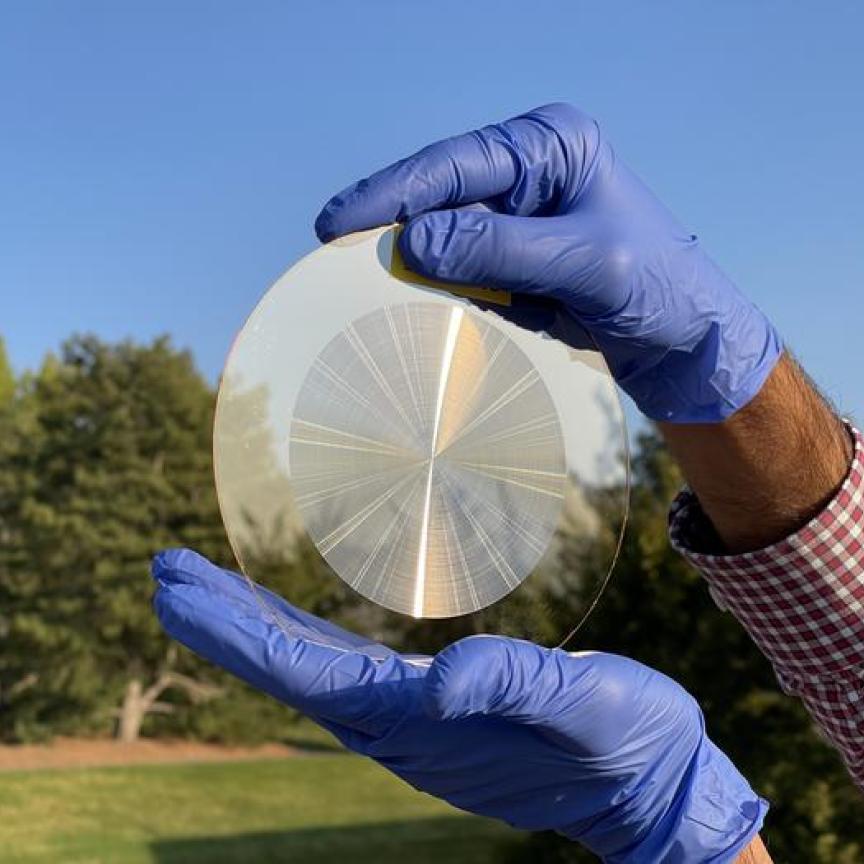For thousands of years, mankind has relied on light to solve daily challenges. From lighting and warming our caves in prehistoric times, all the way to present-day applications in communication, measurement, illumination and imaging technologies, ranging from landing robots on asteroids to in vivo removal of kidney stones.
While the quality of a light tool is given by its performance parameters and tolerances, such as modulation transfer function (MTF), contrast, dB and imaging quality, its applicability depends on the quality of the generated optical system. This depends on how optical elements – such as lenses, beam splitters and mirrors – are designed, produced and positioned in respect to one another.
During the generation of optical systems, three different entities are involved.
Initially, optical system designers translate the light tool performance parameters into optical system parameters, such as types of glass used, lens geometries, surface shape accuracies, roughness and mid-spatials, as well as types of coatings applied.
Then, optics fabrication designers translate the optical system’s parameters into a well-designed fabrication chain, employing machinery with optimised sets of fabrication parameters such as the types of abrasives used, machining kinematics, resonance frequencies, or the sputtering rates being applied.
Finally, production managers use the installed optical fabrication chain to manufacture the optical system, using optimised batch sizes, and with the help of well-trained operators and automated systems.
In summary, three different communities are involved in designing and manufacturing optical systems to allow light to be used as a tool.
The fact that completely different types of training are needed for the generation of light tools, optical systems and fabrication chains has led to the emergence of separate disciplines and communities: optics design, fabrication design, and manufacturing. Each of these communities has its scientific conferences and industrial exhibitions, hardly communicating with each other.
Consequently, to make further progress in the optimisation of light tools, we need to bring these communities closer. We need to enable technological discussions and better understand each other’s languages and cultures.
To that aim, during the European Optical Society’s EOSAM2020 conference, there will be a topical meeting appealing to all three communities, allowing optics designers to listen to fabrication designers and vice versa. The conference is called Optical System Design, Tolerancing and Manufacturing.
I invite you to publish your work, research and projects in the field of optical design and its fabrication at EOSAM2020 to help to merge optics design and optics fabrication again – because the generation of light tools is all about unity.
The European Optical Society’s EOSAM will be held in Porto, Portugal from 7 to 11 September. Oliver Fähnle will chair the Optical System Design, Tolerancing and Manufacturing strand, together with Sven Schröder and Marco Hanft
--
Commercial products
Among the new lenses for machine vision include Edmund Optics’ Techspec LH series of fixed focal length lenses designed for very high resolution sensors. The lenses support the 120-megapixel CMOS sensor from Canon, which has a 2.2µm pixel size.
The Techspec LH series is compatible with both APS-H and 35mm full frame sensors, and is available with an F-mount or TFL-II mount configuration upon request. The lenses provide a solution for applications such as flat panel display inspection.

Also new from Edmund Optics is its near infrared aspheric lenses, designed to eliminate spherical aberration, and the Techspec LS series of line scan lenses for 82mm 16k and 62.5mm 12k line scan cameras, both with 5μm pixels.
Edmund Optics has also released a white paper about comparing optical performance using modulation transfer function.
Elsewhere, Basler now offers standard and premium options in its lens portfolio. The lenses in the standard product line have an excellent price/performance ratio for cost-sensitive applications, while the firm’s premium lenses give high resolution, low distortion and low vignetting for demanding applications.
Both product lines support the popular image circles of sensors available in Basler cameras, from 1/2.5-inch to 1.1-inch, as well as all conventional focal lengths. The lenses are equipped with a C-mount and can also be used with CS-mount cameras with an adapter.
Opto Engineering now offers its TC Core Plus series of large field-of-view telecentric lenses for area scan cameras. These are designed for the latest generation 1/1.8-inch and 2/3-inch CMOS sensors. Their opto-mechanical design is ideal to measure large objects in a reduced space.
The optical design of the lenses, inspired by catadioptric telescopes, allows for large field-of-view imaging while keeping the footprint compact. TC Core Plus lenses feature a built-in mounting flange and standard aluminium T-slot profiles for easy mounting without additional clamps.

Ocean Insight featured product - PixelCam multispectral cameras
PixelCam multispectral cameras provide live imaging of 3-9 spectral bands, in off-the-shelf or custom setups, at video rates. Simultaneous multi-channel “snapshot” acquisition delivers rich, real-time data without scene change or pixel shift.
OceanMSI software for PixelCam enables recording, overlaying, and simultaneous viewing of different spectral bands. OceanMSI lets the user overlay NIR images onto a traditional colour image, control the intensity thresholds, and record image data. This is an essential first look into the power of PixelCam and makes feasibility analyses simpler and more useful.
![]()
Where a spectrometer takes measurements at a single point, a multispectral imaging camera takes photos and video at specific spectral signatures. This data is useful on production lines to determine pass/fail criteria, in medicine for analyzing the healing potential of wounds, or in horticulture, to determine the health of plants.


